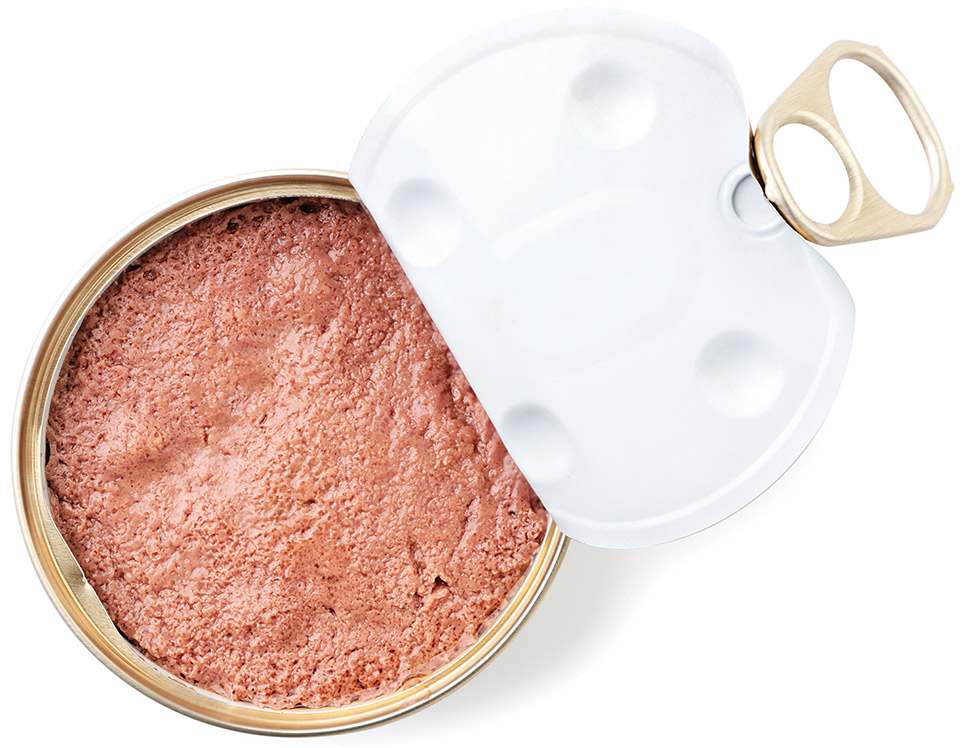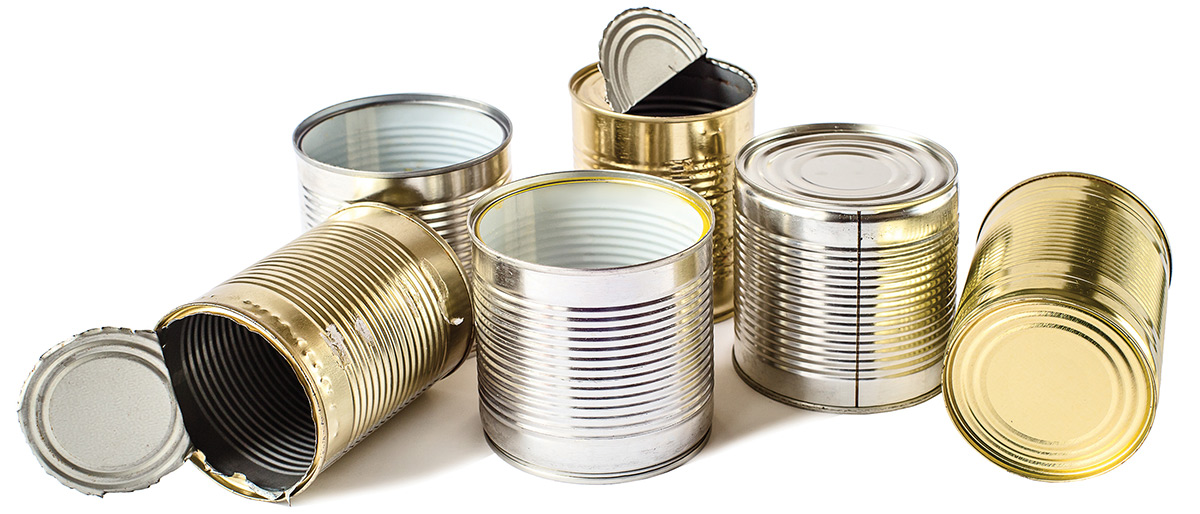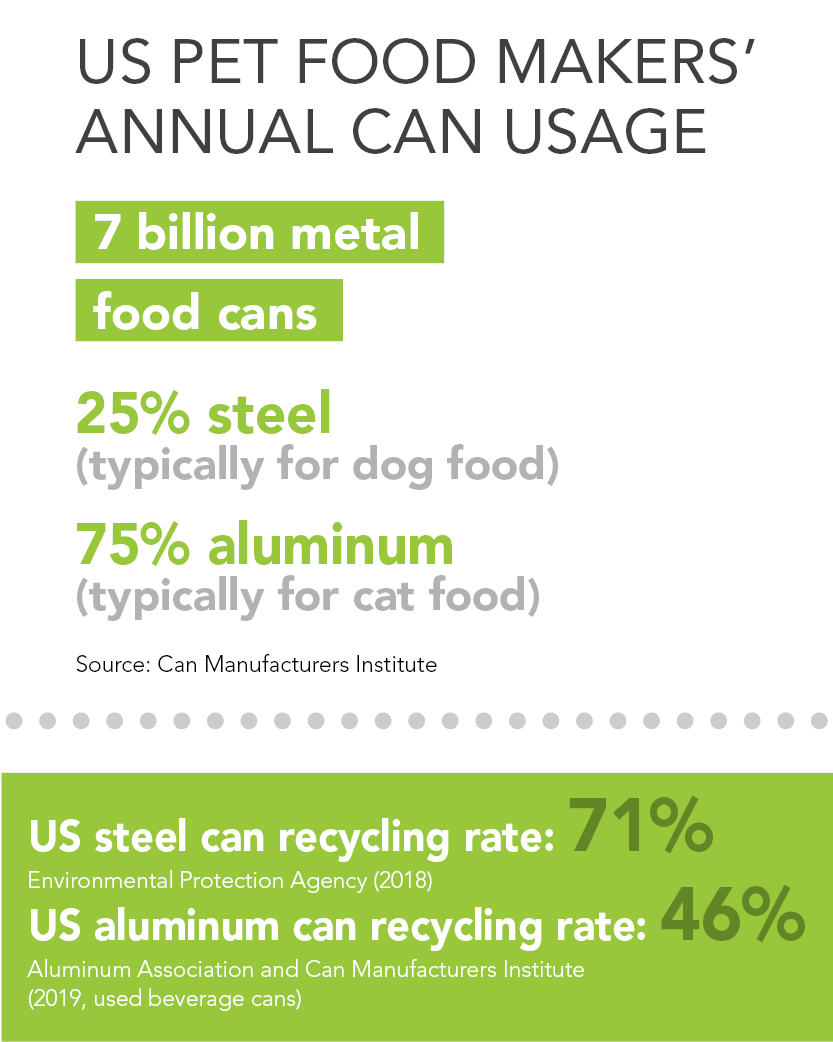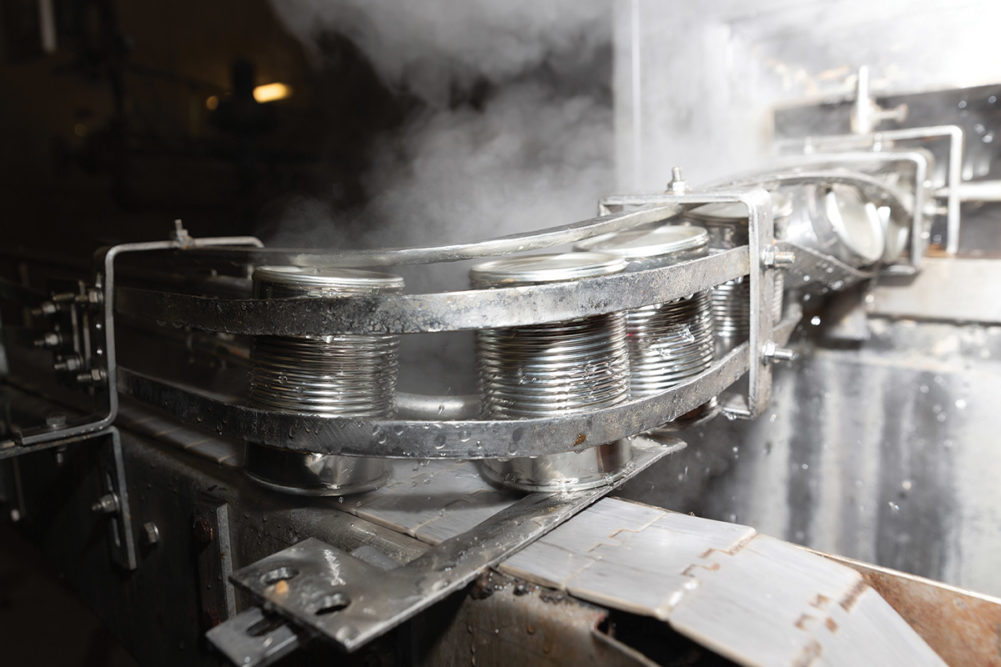This article was published in the September 2021 issue of Pet Food Processing. Read it and other articles from this issue in our September digital edition.
The companies that produce complete-and-balanced food for America’s pets take seriously their role in feeding our country’s more than 100 million dogs and cats, as well as many millions more abroad. They are also proud of their contribution to the sustainability of US food and agricultural production, ensuring more of America’s harvest is put to use feeding Americans and their pets. Along with many American companies and consumers, pet food companies are looking for ways to realize improved sustainability performance of their products.
Pet owners are increasingly concerned with reducing waste and minimizing their environmental footprint, which may influence purchasing decisions when shopping for pet products. State policymakers and legislatures around the country are reflecting their constituents’ interest in packaging sustainability by introducing legislation on extended producer responsibility (EPR) programs, wherein manufacturers bear greater responsibility for the life cycle of both finished products and packaging. Pet food makers realize the important role they play in addressing packaging sustainability; many companies have made packaging commitments a key element of their sustainability efforts.
 Wet food and treats are increasingly part of the pet diet mix as either stand-alone complete-and-balanced meals, meal toppers, mix-ins or pour-overs, with many of these formats delivered in cans. (Source: ©INNAFOTO2017 - STOCK.ADOBE.COM)
Wet food and treats are increasingly part of the pet diet mix as either stand-alone complete-and-balanced meals, meal toppers, mix-ins or pour-overs, with many of these formats delivered in cans. (Source: ©INNAFOTO2017 - STOCK.ADOBE.COM)
The ubiquitous pet food can represents a significant opportunity for pet food makers as they consider high-impact and achievable sustainable packaging efforts. US pet food makers use approximately 7 billion metal food cans a year, about 25% of which are steel and normally used for dog food, and about 75% of which are aluminum and normally used for cat food, according to the Can Manufacturers Institute. While there is no official recycling rate for pet food cans, there is related information on aluminum and steel can recycling. The Environmental Protection Agency reports a 2018 recycling rate of 71% for all steel cans. For aluminum cans, the recycling rate for used beverage cans (UBC) was 46% in 2019, according to the Aluminum Association and Can Manufacturers Institute (CMI). It is likely pet food cans are recycled at lower rates but, no matter the exact rate, the point remains: improving pet food can recycling rates is a significant environmental and economic opportunity. Metal recycles forever. Used metal pet food cans add economic value to the recycling system.
Pet food cans are an important part of the packaging portfolio for pet food makers. Pet owners may prefer dog and cat food in cans for a variety of reasons. Some research suggests this demand may grow as shoppers changed their pet’s feeding routines during the COVID-19 pandemic, including increased use of wet pet food. As pet food brands meet this consumer demand for complete-and-balanced nutrition delivered in cans, pet food makers want to know how aluminum and steel pet food cans flow through the recycling system, with an eye toward increasing metal pet food can recycling.
To better understand the factors contributing to or hindering recycling of pet food cans, the Pet Food Institute (PFI) funded a study that examined the fate of aluminum and steel pet food cans in the recycling system. We’re excited to share some of these important findings, which will help pet owners, pet food makers and their packaging partners better understand the recycling process for pet food cans, as well as ways to increase pet food can recycling.
Study overview
To gain insight into the can recycling process, the consultancy Resource Recycling Systems (RRS) conducted interviews with recycling industry leaders across the country. The research included extensive interviews with different material recovery facilities (MRFs) and end markets. MRFs are the facilities that sort single-stream recyclable materials and sell them to end markets. The end markets buy recyclable materials from the MRFs and process them into new products. One example of an end market is a tinplate steel manufacturer that buys steel scrap, including steel pet food cans, to put into its furnaces and incorporate into sheets that can be turned into a finished product, such as new steel cans.
RRS interviewed 13 different MRF operators who collectively represent more than 100 individual facilities. Those interviewed included two of the largest MRF operators in the United States, as well as six aluminum and five steel end market operators and experts. The purpose of the interviews was to gain insights into how MRFs and end markets view and process pet food cans. These interviews gave RRS insights into recycling market practices and trends. The operators interviewed represented nearly one-quarter of all MRFs and half of the tonnage processed nationwide. RRS asked a series of questions in these informational interviews to learn more about the recycling process, such as the acceptance of steel and aluminum pet food cans, how they are sorted within the MRFs, the volumes of cans processed, the quality grades of cans sold to the end markets, and what factors impact how much they are willing to pay.
 The recovery of recyclable material has both commercial and environmental benefits for producers and users of steel and aluminum pet food cans. (Source: ©KOKORITA - STOCK.ADOBE.COM)
The recovery of recyclable material has both commercial and environmental benefits for producers and users of steel and aluminum pet food cans. (Source: ©KOKORITA - STOCK.ADOBE.COM)
Survey findings
RRS obtained valuable information from these interviews that identified barriers to greater recycling of steel and aluminum pet food cans by MRFs and end markets. While the research RRS conducted focused on what happens to steel and aluminum that make it into the recycling system, pet food makers are aware that too many cans never make it to the recycling bin. PFI members understand that many of us, including pet food makers and pet owners, play a critical role in ensuring sustainable packaging is part of our joint effort to leave the planet in better shape for future generations.
Steel
The good news is that 11 of 13 MRFs interviewed indicated they accept steel pet food cans. This is due in large part to the successful use of magnets, which make the process of separating these steel cans effective and easy. The MRFs interviewed also shared that steel pet food cans do not impact the overall market quality of the steel bales that MRFs sell to end markets. This makes sense considering a benefit of steel is that any kind of steel product can be melted down and remade into virtually any other steel product. The ease with which steel can be identified and separated in the recycling process, coupled with a reliable market for recycled steel, makes steel pet food cans an example of what works in the current US recycling system.
"Pet owners can still be encouraged to recycle their aluminum and steel pet food cans regardless of whether those cans are completely empty or rinsed."
One barrier RRS’ study identified to the recycling by MRFs of steel pet food cans was containers with a significant amount of food (i.e., unopened or nearly full cans), which can impact a magnet’s ability to pull the can during sorting. However, the research also found that the presence of food residue is not a technical or operational barrier to aluminum or steel recycling, meaning that pet owners can still be encouraged to recycle their aluminum and steel pet food cans regardless of whether those cans are completely empty or rinsed.

Aluminum
Our research found that aluminum pet food cans are also widely accepted by MRFs but pose unique recycling challenges. While UBCs are highly sought after and recycled at high rates, the mills that turn UBCs into new beverage cans only want UBCs; uniform bales are worth more to MRFs and are more sought after by end users. Pet food cans are made with a different alloy, and different alloys in the melt at beverage can sheet mills can create inefficiencies. Still, there are ready end-markets for mixed aluminum that includes aluminum pet food cans. These end-markets create products including “deox,” an important additive in the steel making process, and remelt scrap ingot.
To be recycled with the mixed aluminum, aluminum pet food cans must be properly sorted. Some smaller cans (like 3-oz cat food cans) may slip through sorters and not be captured for further processing. The extent to which smaller cat food cans are not being appropriately sorted is unclear. Additional can capture equipment, which the aluminum beverage can industry is promoting with its MRF can-capture grant program, could help ensure all aluminum pet food cans are appropriately sorted and thus improve recycling rates.
Identifying solutions
Researchers who spoke with the MRFs and end markets provided recommendations to increase pet food can recycling. First, while label space is often at a premium, it gives pet food makers an opportunity to communicate with customers about the recyclability of cans and the impact of recycling them. Simple language may encourage pet owners to put empty pet food cans in the recycle bin. Pet owners should know that an empty can need not be squeaky clean to be recycled.
Another recommendation from RRS was for a more in-depth study of the amount of packaging lost at the MRFs when being processed. If small pet food cans are not captured, it is important to understand the significance of this loss as a starting point for increasing the recycling of these cans.
Finally, our research indicates there is a valuable opportunity for producers and users of steel and aluminum pet food cans to come together to increase their recycling. When these interested stakeholders work with MRFs and end markets, together we can identify solutions that advance the recovery of recyclable material, which has both commercial and environmental benefits.
A look to the future
 Peter Tabor is the vice president of regulatory and international affairs for Pet Food Institute.
Peter Tabor is the vice president of regulatory and international affairs for Pet Food Institute. PFI is taking this research to heart. Aside from this and other fora, we will share the findings and recommendations with other stakeholders. Our research has identified opportunities for partnerships focused on increasing the recycling rate of all pet food cans. PFI’s Sustainability Working Group, comprised of sustainability and regulatory experts among PFI member companies, is committed to finding practical and achievable packaging sustainability solutions that benefit the environment.
Our research findings and recommendations will guide decisions and next steps among PFI members. PFI will bring together key stakeholders in packaging recycling to identify tangible steps we can all take to improve packaging recycling. Consumer and policymaker awareness and expectations are high when it comes to packaging sustainability, and we are eager to share information that can lead to action that benefits pets and our planet.
Find more article related to packaging solutions and trends, or read more about sustainability in the pet food and treat industry.




